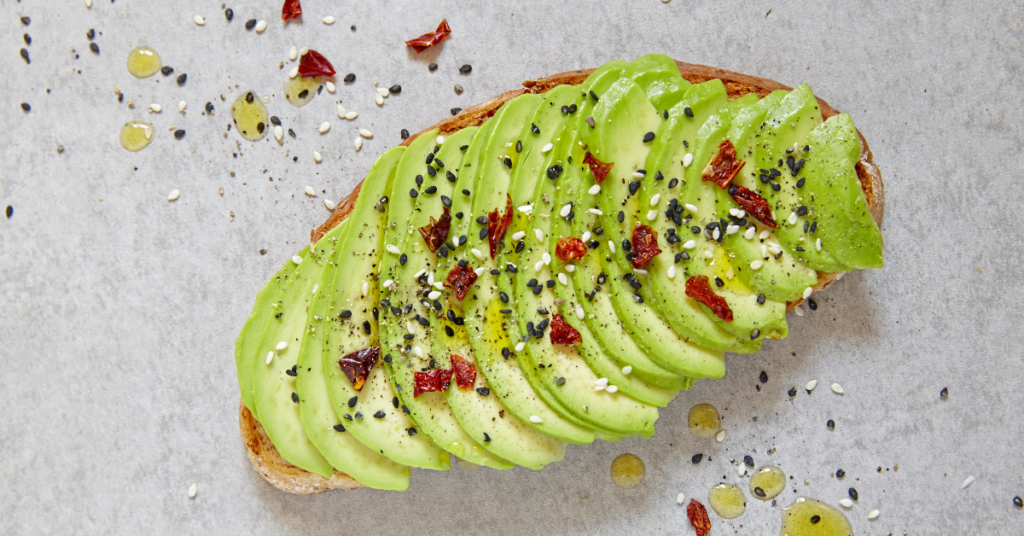At a Glance
- Modern nutrition is filled with conflicting advice. Instead of chasing trends, looking at universal dietary principles can offer a more sustainable and effective approach to eating.
- Traditional diets prioritize whole foods, balance, and mindful eating. By learning from global dietary practices, we can improve health and simplify nutrition choices.
- Small, intentional changes create lasting habits. Focusing on nutrient-dense foods, hydration, variety, and shared meals builds a foundation for long-term well-being.
Navigating the modern dietary landscape is no small feat. With over 1,500 diet books published annually, you would think someone should have figured out the perfect solution by now.
Yet, the abundance of contradictory information leaves many of us confused and frustrated. Perhaps the issue lies not in the search for new solutions, but in our neglect of time-tested nutritional wisdom.
Instead of chasing the latest dietary fad or weight-loss solution, we can look at common themes found across cultural dietary practices. These traditions have stood the test of time, enduring countless centuries of trial and error.
By identifying the principles that remain consistent across these practices, we can orient our personal approach to nutrition around what works universally. This perspective allows us to craft a diet that not only aligns with these universal truths but also serves our individual needs.
Let’s explore the foundations of traditional diets that can transform how we approach nutrition today and help us find clarity in our own choices.
Five Universal Principles of Nutrition
Understanding the timeless principles that underpin traditional diets offers a clear path through the confusion of modern nutrition trends.
These foundational ideas have proven their effectiveness across generations and cultures, providing a framework that addresses both physical health and a sense of balance in daily living.
1. Focus on Whole, Minimally Processed Foods
Traditional diets emphasize whole, minimally processed ingredients. These foods are naturally nutrient-dense and free from harmful additives (necessary for shelf-life), offering simplicity and wholesomeness in every bite.
For example, Japan’s traditional diet often features miso soup made with fermented soybeans, seaweed, and fresh tofu — each ingredient highlighting the value of nutrient-rich, minimally processed foods. Similarly, in Italy, fresh tomatoes, basil, and olive oil come together in simple yet nutritious dishes.
Practical Solutions: Opt for fresh produce, minimally processed grains like oats or brown rice, and wholesome animal products such as honey, dairy, and unprocessed meats instead of prepackaged meals. Start by swapping ultra-processed snacks for whole-food alternatives like fresh fruit, nuts, or homemade energy bars, which can be both nutritious and satisfying.
2. Ensure a Well-Rounded Protein Intake
Traditional diets ensure adequate protein intake by combining a variety of nutrient-rich animal and plant-based sources.
Across cultures, dietary patterns developed around food availability and nutritional balance. When animal protein was scarce, plant-based combinations naturally emerged to maintain a complete and nourishing diet.
For example, Latin American cuisine pairs corn tortillas with beans, while Indian diets often combine rice with lentils. These pairings weren’t just traditions, they were practical ways to create balanced meals with accessible ingredients.
Today, research confirms that while these combinations are not required at every meal, regularly consuming a variety of plant-based foods ensures adequate protein intake, even in the absence of animal sources.
Traditional food pairings highlight the wisdom of diverse diets, proving that variety — not rigid planning — is key to balanced nutrition.
Practical Solutions: Incorporate diverse protein sources to meet your dietary needs and get enough overall calories. Following traditional recipes can simplify this process as the wisdom of combining a variety of foods to ensure nutritional adequacy is literally baked right in.
3. Hydrate with Water and Nourishing Beverages
Hydration in traditional diets transcends the simple act of drinking water. While hydration isn’t often explicitly emphasized in traditional practices, it is seamlessly integrated through the inclusion of nourishing beverages and broths as dietary staples.
These are not only about quenching thirst, but also about nurturing the body and soul. Across various cultures, we see water, tea, and broths playing central roles:
Water as the Foundation: The most basic, yet essential component of hydration, water, is universally revered. Its simplicity and purity are its strength, offering essential value without any added sugars or artificial ingredients.
Tea as a Staple: Tea is enjoyed worldwide, woven into the rituals and daily lives of many cultures. In East Asia, green tea is a simple staple, while in Morocco, mint tea offers a refreshing accompaniment to social gatherings. South Asia celebrates spiced chai blends with milk and warming spices, and in the UK, black tea with milk remains a beloved tradition.
Broths for Comfort and Nutrition: Broths are central in numerous traditional cuisines. From Vietnamese pho to Jewish matzo ball soup or Latin American Sopa de Res, these liquids offer hydration while delivering a comforting, nutrient-rich experience. They’re not just hydration but a source of minerals, vitamins, and sometimes even medicinal herbs.
Practical Solutions: When plain water no longer feels satisfying, reach for herbal teas or nutrient-rich broths to complement your hydration. Consider beverages like turmeric lattes or cucumber-infused water for a refreshing boost.
4. Incorporate Varied and Seasonal Ingredients
Eating with the seasons is a shared principle across all traditional diets, ensuring variety and peak nutrient density. Before modern supermarkets, eating seasonally wasn’t a choice but a necessity, rooted in the cycles of nature and the availability of local produce.
For example, the Nordic diet heavily features root vegetables and berries during their respective growing seasons, while Mexican cuisine highlights fresh avocados, tomatoes, and peppers when they are at their best.
Practical Solutions: Try to shop locally when possible, incorporating fresh, seasonal produce into your diet. Visit farmers’ markets to explore what’s in season and try incorporating those ingredients into your meals. If you’re dining out, seek “fresh-taurants” or restaurants that prioritize local fare, offering seasonal and nutrient-rich ingredients to support better nutritional choices.
5. Practice Mindful, Community-focused Eating
Meals in traditional diets are not just about what is consumed, but how. Sharing a meal with others encourages gratitude, connection, and mindfulness. These practices promote emotional well-being, reduce stress, and even improve digestion by creating a relaxed environment for eating.
The act of eating together strengthens relationships and helps transform meals into meaningful rituals rather than mere sustenance. For example, Ethiopian meals are shared from a single platter, fostering bonds and mutual respect.
Similarly, French meals emphasize slowing down, savoring flavors, and engaging in meaningful conversations, which enhance the overall enjoyment of the meal. These practices create not only nourishment but also a sense of belonging and community.
Practical Solutions: Think about slowing down during meal time, savoring each bite without distractions like screens, and invite friends or family to join you. Consider starting a weekly dinner tradition where everyone contributes a dish.
LiveComplete Take-a-ways: A Framework for Better Eating
The world of nutrition is filled with conflicting advice, however by exploring global dietary traditions, we’ve identified five universal principles that stand the test of time. These principles simplify decision-making and offer a path to sustainable, individualized nutrition.
- Focus on whole, minimally processed foods: Prioritize nutrient-dense ingredients that resemble their natural state in the environment, offering simplicity and purity.
- Ensure a balanced protein intake: Be sure to consume a protein source that fits your lifestyle — traditional recipes can guide you in achieving this balance.
- Hydrate with water and nourishing beverages: Reach for pure water as your primary hydration source, and complement it with natural infusions, herbal teas, or nutrient-rich broths to enhance variety and nourishment.
- Incorporate variety through seasonal ingredients: Enhance variety and support your diversity of nutrient intake by choosing seasonal and locally sourced ingredients.
- Practice mindful, community-focused eating: Make meals intentional. Slow down and enjoy the opportunity for connection, gratitude, and mindfulness without distractions.
These principles are not about strict rules but about creating a flexible and enjoyable approach to eating that works for you.
References
- Hankey, C. (2018). Advanced nutrition and dietetics in obesity. Wiley. https://onlinelibrary.wiley.com/doi/book/10.1002/9781118857991
- Greger M. (2016). The Protein-Combining Myth. Nutritionfacts.org. https://nutritionfacts.org/video/the-protein-combining-myth/
- Adhikari S, et al. (2022). Protein Quality in Perspective: A Review of Protein Quality Metrics and Their Applications. https://doi.org/10.3390/nu14050947



